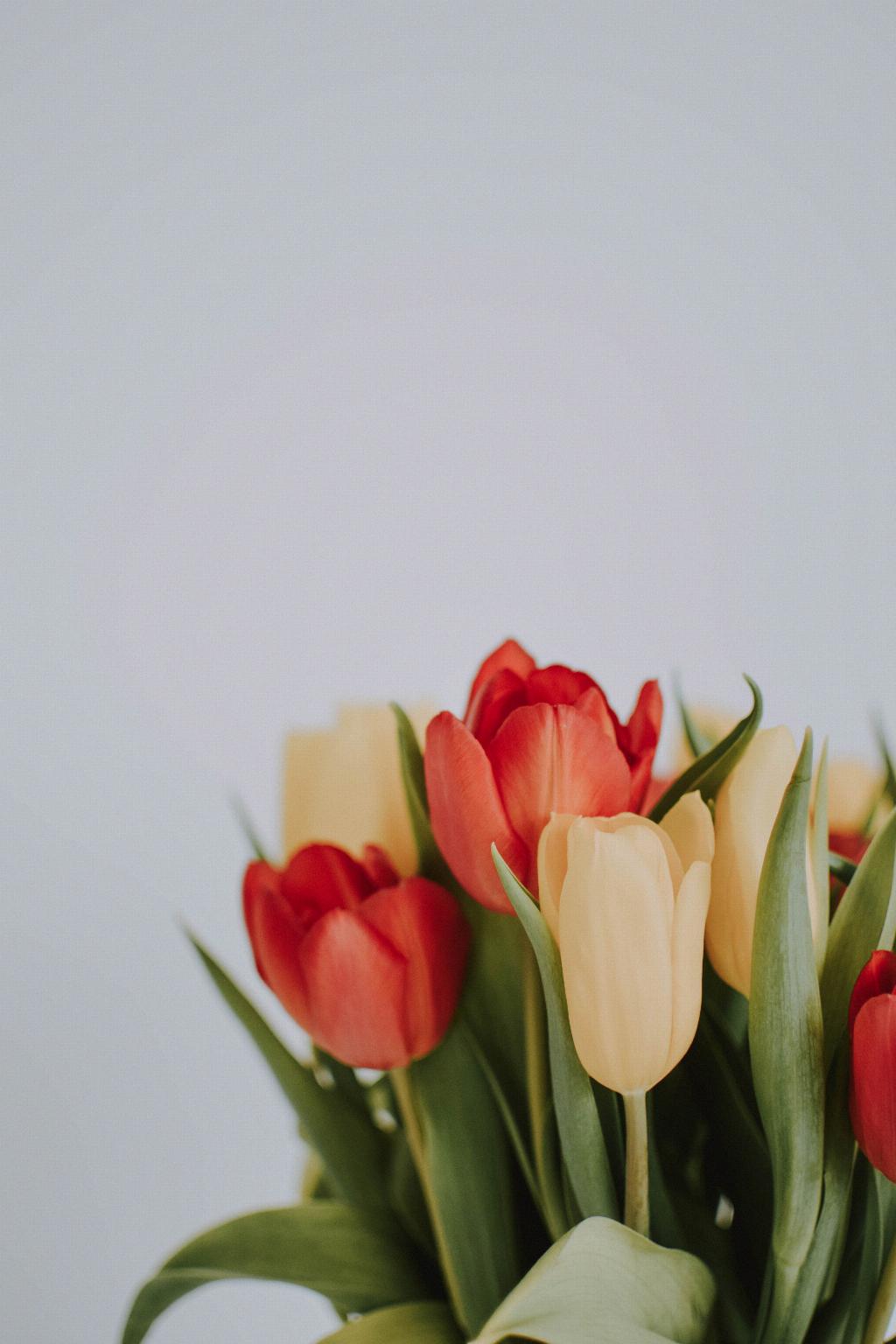After your tulip bulbs in pots have finished flowering, it is time to start thinking about what to do next to ensure they thrive and bloom beautifully again. Proper care of tulip bulbs after flowering is essential to encourage the bulbs to store energy efficiently for the next growing season.
Allow the Foliage to Wither Naturally
It is crucial to allow the foliage of the tulip plant to wither naturally before removing it. The leaves provide vital nutrients to the bulbs for next year’s growth. Trim the foliage only when it has turned yellow and wilted completely.
Reduce Watering
After flowering, tulip bulbs require less water as they enter a dormant phase. Reduce watering gradually and only water the bulbs when the soil feels dry to the touch. Overwatering can lead to bulb rot and hinder the plant’s ability to store energy.
Deadhead the Flowers
Remove the spent flowers from the tulip plant to prevent seed production. Energy that would otherwise go into seed production is redirected back into the bulb, promoting stronger growth for the following year.
Avoid Fertilizing
Avoid fertilizing tulip bulbs after flowering. Applying fertilizer at this stage can interfere with the natural aging process of the bulbs. Let the bulbs rest and rejuvenate naturally without additional nutrients.
Protect the Bulbs
If you live in a region with harsh winters, consider protecting the tulip bulbs in pots by moving them to a sheltered area. Insulate the pots with mulch or straw to shield the bulbs from freezing temperatures and frost damage.
Harvest the Bulbs
If you wish to replant the tulip bulbs in the same pots next year, you can harvest them once the foliage has withered completely. Gently dig up the bulbs, separate any offsets, and store them in a cool, dry place until the next planting season.
Consider Replanting
Alternatively, you can replant the tulip bulbs in larger pots or directly in the garden after they have rested. Choose a well-draining soil mix and plant the bulbs at the recommended depth for your specific tulip variety.
Monitor for Pests and Diseases
Keep an eye out for pests and diseases that may affect the tulip bulbs during their dormancy period. Inspect the bulbs regularly for signs of rot, mold, or pest infestations, and take appropriate measures to address any issues promptly.
Keep the Bulbs Dry
Proper storage is key to ensuring the tulip bulbs remain healthy during their dormant phase. Store the bulbs in a dry, cool location away from direct sunlight. Avoid storing them in a humid environment to prevent mold and rot.
Prepare for Next Season
As the next growing season approaches, prepare the tulip bulbs for planting by inspecting them for firmness and discarding any soft or damaged bulbs. Plan your planting schedule to ensure the bulbs are ready to bloom when the time is right.
Enjoy the Rewards
With proper care and attention after flowering, your tulip bulbs in pots will reward you with vibrant blooms season after season. Follow the recommended steps for post-flowering care, and look forward to a stunning display of tulips in your garden or containers.

